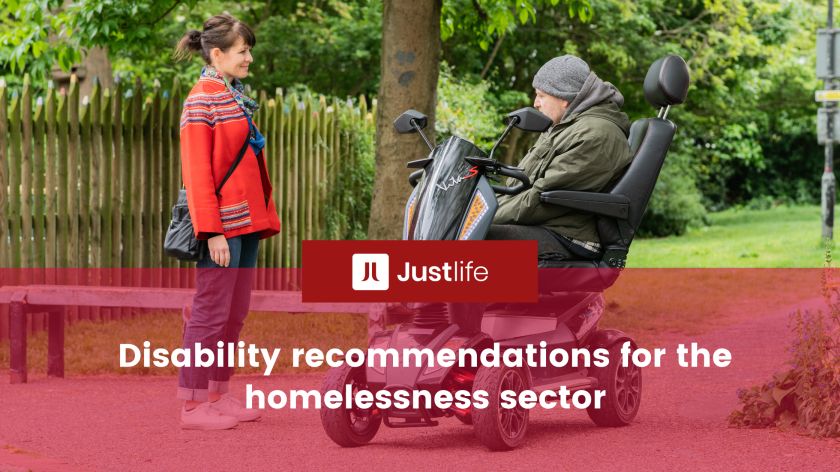Disability is highly prevalent among people living in Temporary Accommodation (TA), from problems with mental health to physical impairments, and more hidden disabilities. People living with a disability are more likely to experience poverty and be in need of support, which makes them more vulnerable to homelessness. Once homeless, the environment in TA can be disabling, exacerbating symptoms and experiences of disability.
Under the Equality Act of 2010, someone is considered disabled if they live with a physical or mental impairment that has a substantial and long-term negative impact on their ability to do normal daily activities. The focus is on the effect rather than the diagnosis.
We have previously written about disability in TA, and the need for more research to get a better understanding of the need and the gaps in services. In 2020 we carried out research into how Covid affected people in TA and found that seven out of 19 interviewees had a disability, without counting mental health. That is more than 35% compared to a national figure of around 20%. One person had been stuck in their room for six years due to their disability; another was unable to reach the shower room on a different floor as he was "wheelchair bound" in a multi-storey building without a lift.
To get a more detailed picture of some of the issues that emerged from this research, we carried out two more interviews in April 2022. This time, specifically looking at disability in TA.







